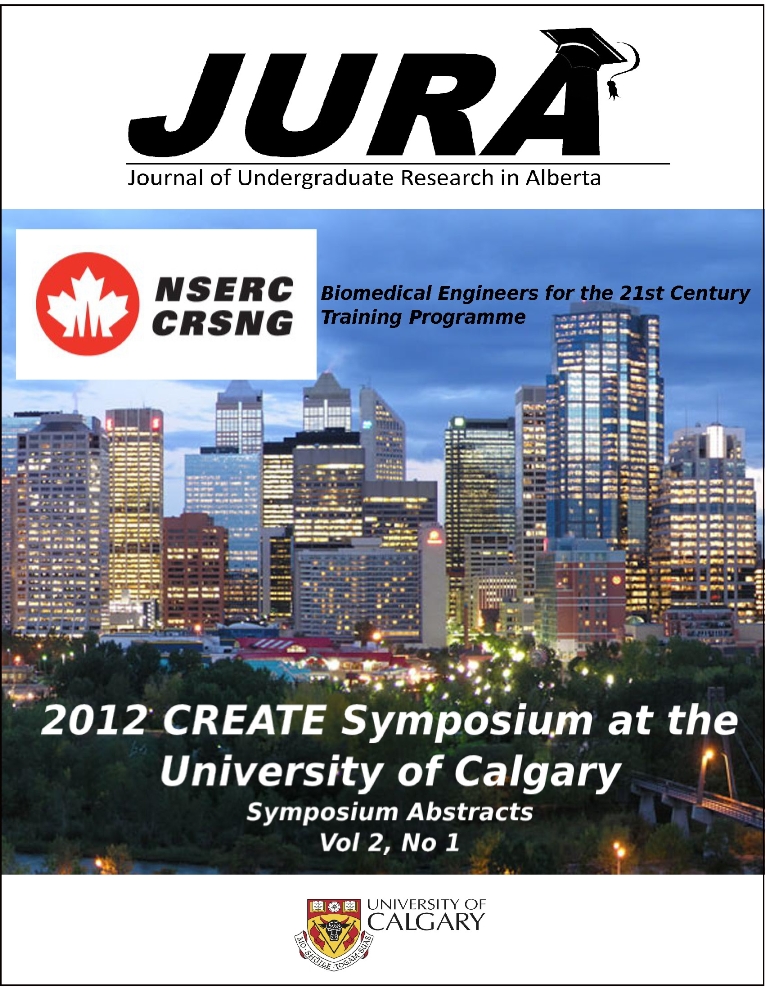Rate and Time of Breath in One and Two Skate Cross Country Skiing
Abstract
Skate cross-country skiing presents a unique human gait where four limbs are usedfor propulsion. Within skate skiing there are two primary techniques, the one andtwo skate. While both involve similar lower body movement, the difference lies inthe upper body movement. In one-skate, poles are planted simultaneously with everyskate stride, while in two-skate, poles are planted with every second skate stride. Ithas been observed that dogs synchronize their breathing cycles with their fore-limbmovements (Bramble and Jenkins, 1993). Here we investigate whether breathing rateis synchronized with poling rate in the two skiing techniques. We hypothesized thatas speed and effort of the skier increase, the rate and timing of breathing becomesdirectly related to the movement of the upper body and the associated poling cycle. Astrain sensing strap was fixed around the chest of 11 trained cross-country skiers. Thismeasured chest expansion due to breathing and was synchronized with force sensingpoles. The tests were done at a constant speed of 12km/hr at increasing grades from0% to 8% in increments of 2%. At each grade, one- and two-skate skiing was performedfor 2 minutes. This gradual increase in grade allowed the breathing timing and rate tobe compared to the upper body poling action for both techniques. We observed thatthe breathing became more synchronized with the poling cycles as effort increased inboth techniques. In the one-skate technique, skiers breathe every second poling cycle.In the two-skate technique at low effort, skiers pole 1.25 times per breath, indicatingthat the breathing and poling cycles are not synchronized. However, at a highest effortof skiing (8% slope), one poling cycle was synchronized with one breath. Skiers werefound to exhale in the early stages of pole ground contact and inhale towards the endof the ground contact and during the pole recovery phase. It appears therefore thatchest compression during poling and chest expansion during recovery are used to helpthe chest musculature in exhaling and inhaling, respectively, thereby saving metabolicenergy for breathing at high efforts of skiing.Downloads
Download data is not yet available.
Downloads
Published
2012-10-25
Issue
Section
Articles
License
Authors retain all rights to their research work. Articles may be submitted to and accepted in other journals subsequent to publishing in JURA. Our only condition is that articles cannot be used in another undergraduate journal. Authors must be aware, however, that professional journals may refuse articles submitted or accepted elsewhere—JURA included.


